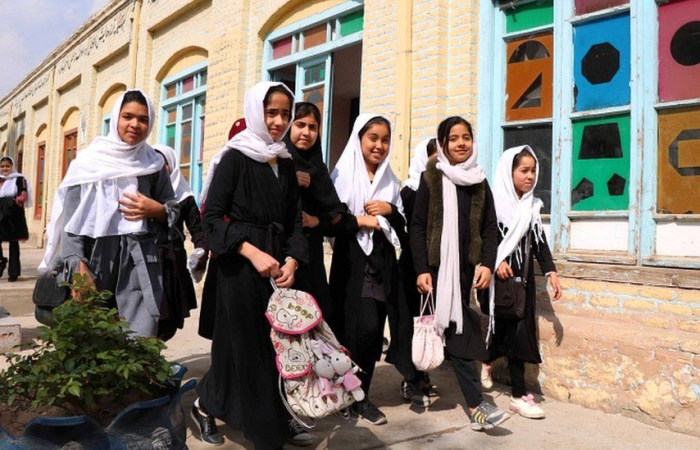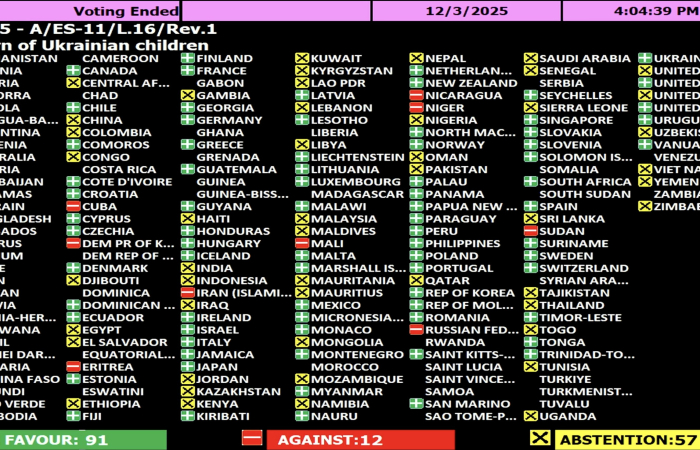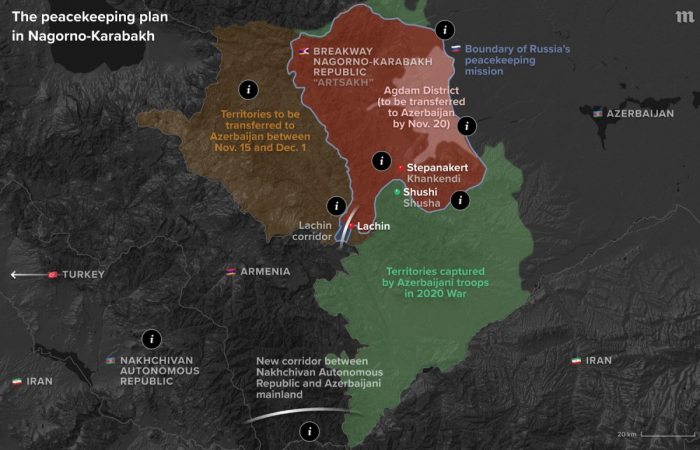This report was compiled by the editorial team of Caucasus Concise
The number of serious incidents in the Karabakh conflict zone continue to increase, with fatalities and casualties among Armenian and Azerbaijani forces reported on a daily basis. The last week was no exception, and there is now increased concern that one such incident may at any time escalate into a much larger and more serious crisis.
On Saturday morning, 25 February, Armenia and Azerbaijan reported serious incidents in the no man's land between the two sides in the Karabakh conflict zone. The Azerbaijani side said early that it had suffered several casualties. Later in the day the Azerbaijani Defence Ministry said it had destroyed an Armenian firing position in the Karabakh conflict zone and that some Armenian soldiers have been killed. The Armenians denied this and said they had not suffered any casualties in that incident, though Armenian fatalities have been reported since.
Both sides accuse each other of starting. Armenia said that Azerbaijan made two attempts to penetrate the buffer zone between the two sides. Azerbaijan made counter-claims. "On February 25 at midnight, the Armenian Armed Forces' military units made an attempt to penetrate into the positions of Azerbaijani Armed Forces in different directions with the aim to carry out a large-scale provocation on the frontline," said Azerbaijan's Defence Ministry. Since there are no independent observers in the conflict zone the world was left to draw its own conclusions.
Whilst fighting on the ground went on sporadically throughout the day, another battle raged on, this time in the information sphere. The Ministries of Defence and Foreign Affairs of both countries were busy putting across their version of events, that, as usual, gave completely different and contradictory versions of events.
On Sunday, the co-Chairmen of the OSCE Minsk Process issued a terse statement calling on the sides in the Karabakh conflict to honour their commitment to refrain from use of force. In a statement posted on the OSCE website, Ambassadors Igor Popov of Russia, Stephane Visconti of France and Richard Hoagland of the United States of America stated that "according to reports from the Ministries of Defence of Armenia and Azerbaijan, as well as other sources, in the early morning of February 25 there was a serious breach of cease fire on the Line of Contact, resulting in casualties. Several bodies remain in the no-man's land. The Sides accuse each other of an incursion attempt." The statement said that the three diplomats "call upon the Parties to keep heavy military equipment, which had been moved earlier close to the LOC, in its present positions and to allow recovery of the dead, as it was agreed upon yesterday under mediation of the Personal Representative of the OSCE Chairman-in-Office."
A joint statement by diplomats from three UN Security Council members on a Sunday morning is usually a sure sign that something serious is going on, and this was also the case on this occasion. The issue of the dead bodies stuck in no-man's land had the potential to escalate the incident and turn it into a crisis. The timely intervention of Ambassador Andrzej Kasprzyk, Personal Representative of the OSCE Chairperson-in-Office "on the conflict dealt with by the OSCE Minsk Conference" - a term sometimes used in OSCE documents to describe the Karabakh conflict - helped defuse the immediate cause of tension on Monday.
Kasprzyk issued a statement on Wednesday, saying that "at the request of the sides, a humanitarian operation to retrieve the remains of Azerbaijani servicemen from the heavily mined no man's land took place on Monday, 27 February with my staff fully mobilized in support of this operation. The aim of our presence was to ensure the strict observance of the ceasefire by the sides through security guarantees, and to guarantee that the operation was carried out as agreed between the sides. I would like to stress that my Office was consistently supported by local commanders in the field as well as representatives of the military authorities. With their support, and with the International Committee of the Red Cross present, the operation was concluded successfully in the afternoon."
Thus ended another spate of speculation with dead bodies between Armenia and Azerbaijan, something that unfortunately has become an unpleasant but not uncommon occurrence in the context of the Karabakh conflict.
Increasingly there is a sense that both sides in the Karabakh conflict are playing with fire, and that sooner or later the ability of the international community to extinguish a small blaze may lead to a much more complex and bloody situation. It has never been as important as it is now for the two sides to step back and return to the negotiating table for serious, and if possible, time-tabled discussions. If complacency was ever a luxury the international community had with regard to this issue, it certainly is no longer the case now, and all concerned need to remain focused on achieving a lasting solution.
This report was compiled by the editorial team of Caucasus Concise
photo: A handful of OSCE monitors keep an eye on an ever increasingly tense situation in the Karabakh conflict zone. Here they are seen (in yellow caps) during a monitoring of the line of contact






